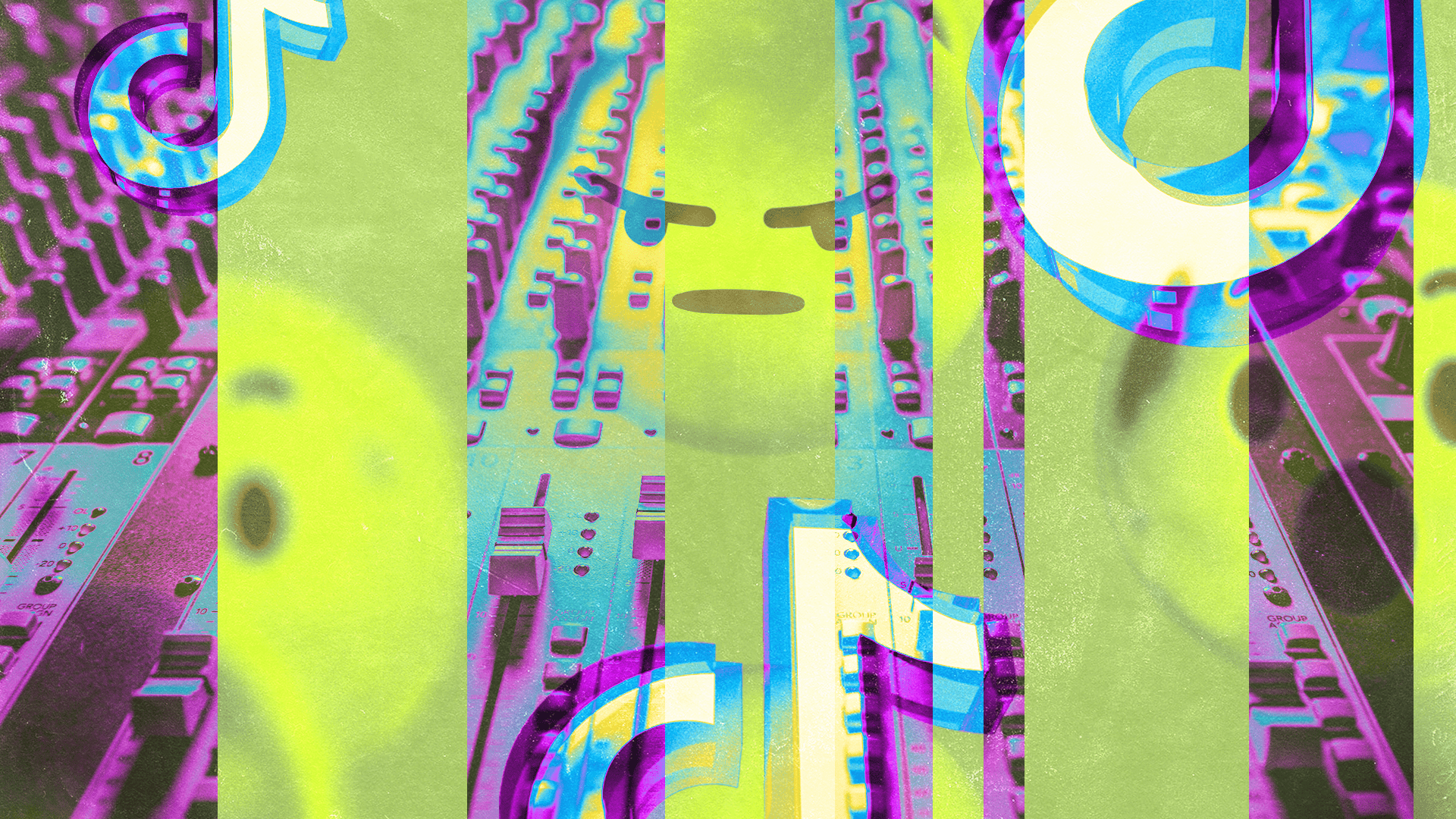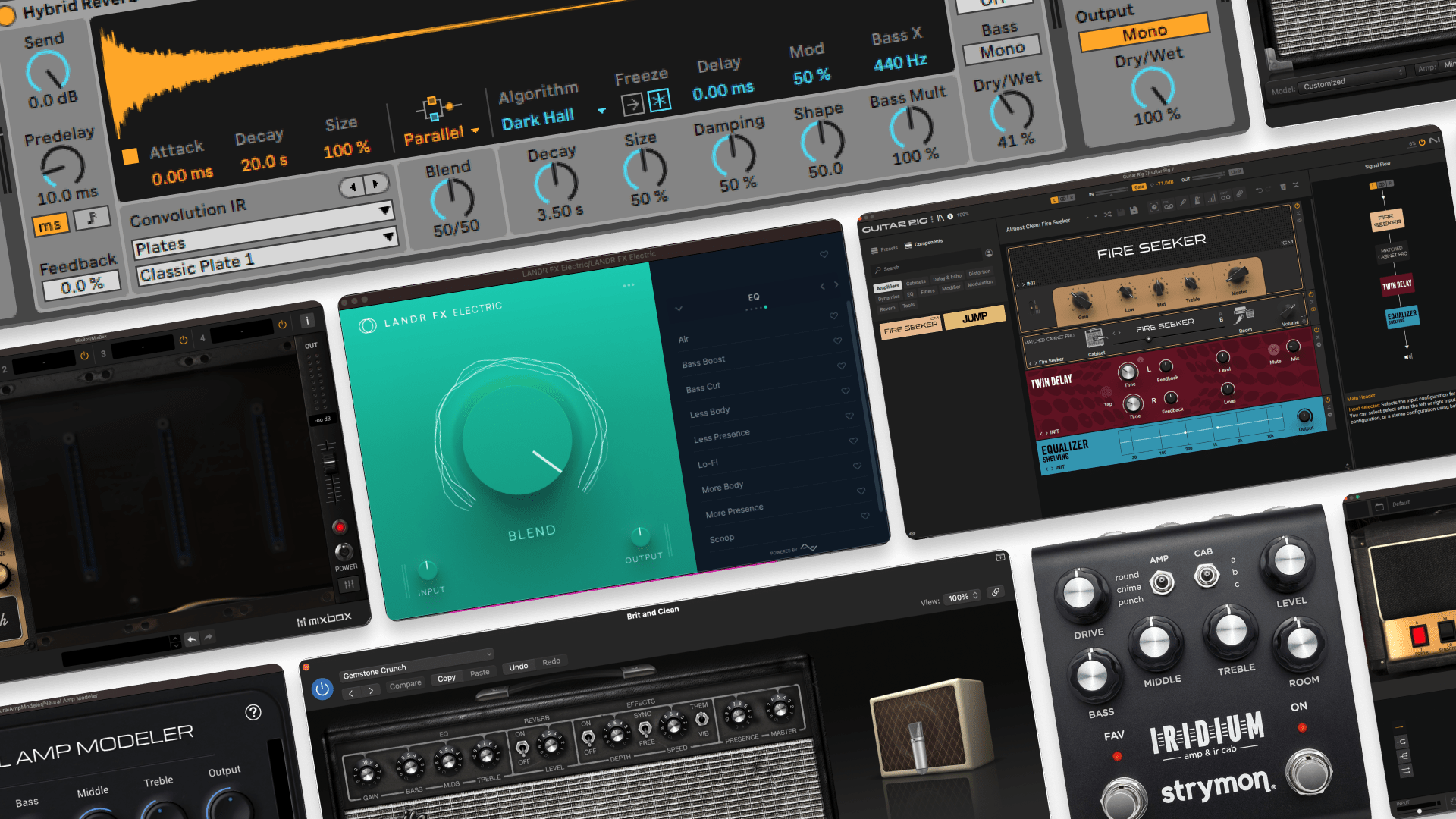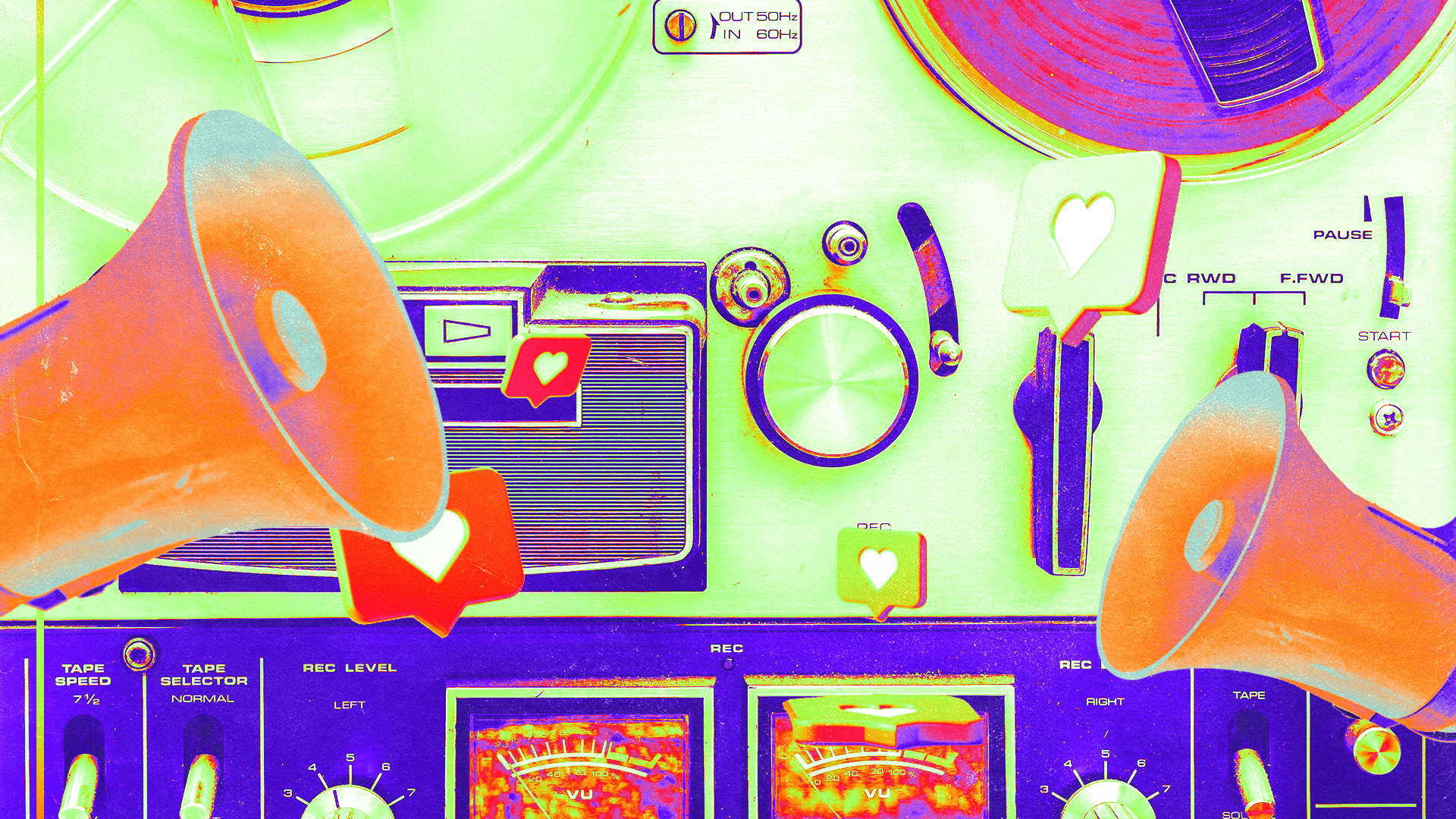
Slash Chords: How to Add Movement to Your Progressions

Slash chords might seem complicated at first glance, especially if there are a ton of them one after another in a chord progression.
Adding more complexity to chords might also seem creatively counterintuitive. The truth is, using slash chords in your songwriting and music productions will add tons of movement and interest.
If you’re a bass player, knowing slash chords is an integral part of playing your instrument. If you’re a songwriter or composer, using slash chords will add tons of movement and emotion to your music.
Let’s get right into what slash chords are, and how to use them effectively.
Theory guides, production tips, new free plugins, gear guides and more—delivered weekly
Keep up with the LANDR Blog.
What are slash chords?
A slash chord is a form of musical notation that indicates which note is played as the bass note.
You might already be familiar with chord voicings, or figured bass. Slash chords are a more modern take on these music theory concepts.
For example, take the C major chord. It has the notes C, E, and G. The root note of C major is C, and that is the note that is regularly played in the bass voice.
A slash chord is a form of musical notation that indicates which note is played as the bass note.
To begin using slash chords, take any other note in the chord or relative scale and place it in the bass. Whichever note you select will be represented after the chord name using a forward slash.
With an ‘E’ in the bass voice you’ll get C/E.
‘G’ in the bass voice gives you C/G.
That’s it!
The trick is using multiple slash chords to connect the dots through your chord progressions. This is where you’ll be able to create more emotion and movement in your music.
The trick is using multiple slash chords to connect the dots through your chord progressions.
How slash chords are used in songs
Slash chords are prominent in many popular songs.
You’ll recognize them when you hear unique bass movement—it’s usually what makes the chord progressions so effective.
For example, the song ‘Tears in Heaven” by Eric Clapton has a very distinct chord progression.
If you remove the slash chords, it almost sounds like a different song! What makes this chord progression stand out is the bass movement descending the A major scale, before the perfect cadence from E major back to A major.
In the verse of Radiohead’s Exit Music for a Film, slash chords are cleverly used to keep the bass notes closer together, while the harmony jumps around a bit more. This creates a ton of tension until the resolution back to the parallel major chord; A major.
How to start using slash chords
Using slash chords in your music is easy. There are two main approaches that’ll add a ton of depth to your songwriting:
Bassline after chord progression
If you have a chord progression you’re working with already, start moving the bass notes around so they’ll connect one another a bit better.
I’ll work with this chord progression as an example:
You’ll see that there is already a nice descending bass line just with the roots of those chords. I want to give this chord progression a more uplifting feeling though.
I’m going to rewrite the progression using slash chords to achieve an ascending bassline: Amin, G/B, F/C, C
Pedal points are great for building energy.
Chord progression after bassline
The other method is to start with a bassline, and put the chords in afterwards. This works great if you like to start your song with a groovin’ bass line, or you want to work with a pedal point.
Pedal points are great for building energy. I’m just going to stay on an ‘A’ bass note and move chords around it, then resolve it down a step near the end.
This one could be a blastin’ funk tune, or an epic orchestral journey.
Bass is the foundation
Chord progressions are key to telling your musical story. Slashing your chord progressions will help make your music more expressive, and open up a world of possibilities in your song writing.
Gear guides, tips, tutorials, inspiration and more—delivered weekly.
Keep up with the LANDR Blog.




